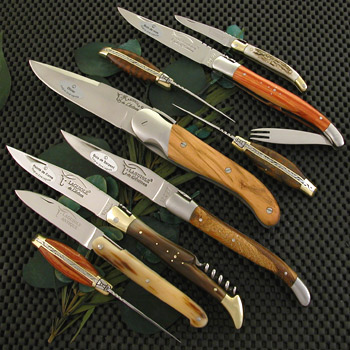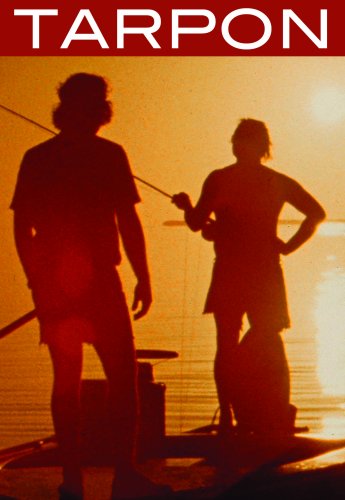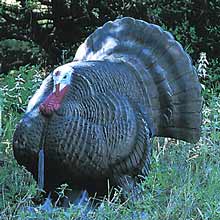It’s too late to do much about this for this year’s hunting season, but there are a couple notions regarding sights that seem worth pondering.
The main thing in iron-sights is the FRONT sight.
But the biggest main thing is *trigger pull*. The way you pull the trigger determines your hit more than anything else — that’s my take on the situation, anyway. (Does the textbook agree?)
Trigger pull relates to the gun-sight situation hugely, it seems to me, when we’re considering *scopes*. The biggest downside of using a scope, it seems, is that it can totally distract and mislead you as regards the role of trigger pull. The view through a scope can tend to cut you off from your experience of trigger-pull. If the cross-hair is where you want it, well, just pull and you’re there. –NOT! If you pull the trigger ANY bit differently than from when you sighted in, the bullet will NOT go where your crosshairs were. This can be a very big deal — can easily change shot-placement by inches, giving a miss or a wound.
Hunting sights are often open irons. These are traditional, old sights that were supposedly designed for quick sight-picture pick-up. But there might be a BIG problem with notched-rear irons.
Namely…
Why do target rifles use peep-sights?
Why is intentional rear-sight alignment a non-existent skill in the most accurate forms of shooting? …Because it’s the front sight that matters. Or, should matter.
With a peep you look through the aperture, put the front sight on the bull and shoot. Your trigger pull determines the rest.
The problem with peeps, or some peeps, for hunting is that the hole is too small to give a good sight picture for wild game, especially during shaky light conditions.
But there’ve always been “ghost ring” peeps — peeps with big holes and thin walls. I haven’t used such a sight yet, though. But my impression is that accuracy is no problem. Just look, put front sight on target and squeeze like you do always.
I say it’s worth considering that the manual alignment of a rear sight with front is a skill that none of us should be using. Sure, we can get good at it, but we didn’t have to. We have enough challenge as it is.
People say that irons are for short range where accuracy is less of a factor. But accuracy is always a big factor. My experience is that groups open up hugely from the range to the field. You may get a 3″ group sitting at a range — but sitting in the same position in a deer-blind oddly enough results in an 6″ group on a live deer. Risky! This can easily happen even if one isn’t excited and if all factors seem to be in control. Live action is simply a different critter. This is why shooting a lot is important — and why wander-around plinking is even more important — and why hunting is its own special case altogether. It’s where the mystery and bafflement and the art all come in. It’s why people have their favorite guns, loads, positions, jackets, hats, gloves…and salt over the shoulder.
What about pistols? Peeps in that case have a problem because the sights are far from the eye so you’d need a really big peep — awkward. The XS Sights ghost-ring folks solve that problem by minimizing the rear sight to a vertical mark in a shallow vee. Put the front sight on that and away you go. The deep notch standard rear pistol sight is just begging to hide one side or the other of your front post — and to generally mess you up by making you *intentionally* and manually fuss with rear sight alignment.
Well, this stuff might be worth a thought or a test, anyway.
Here’s a link to ghost-ring sight info:
www.xssights.com/store/rifle.html
shootersforum.com/showthread.htm?t=26755



